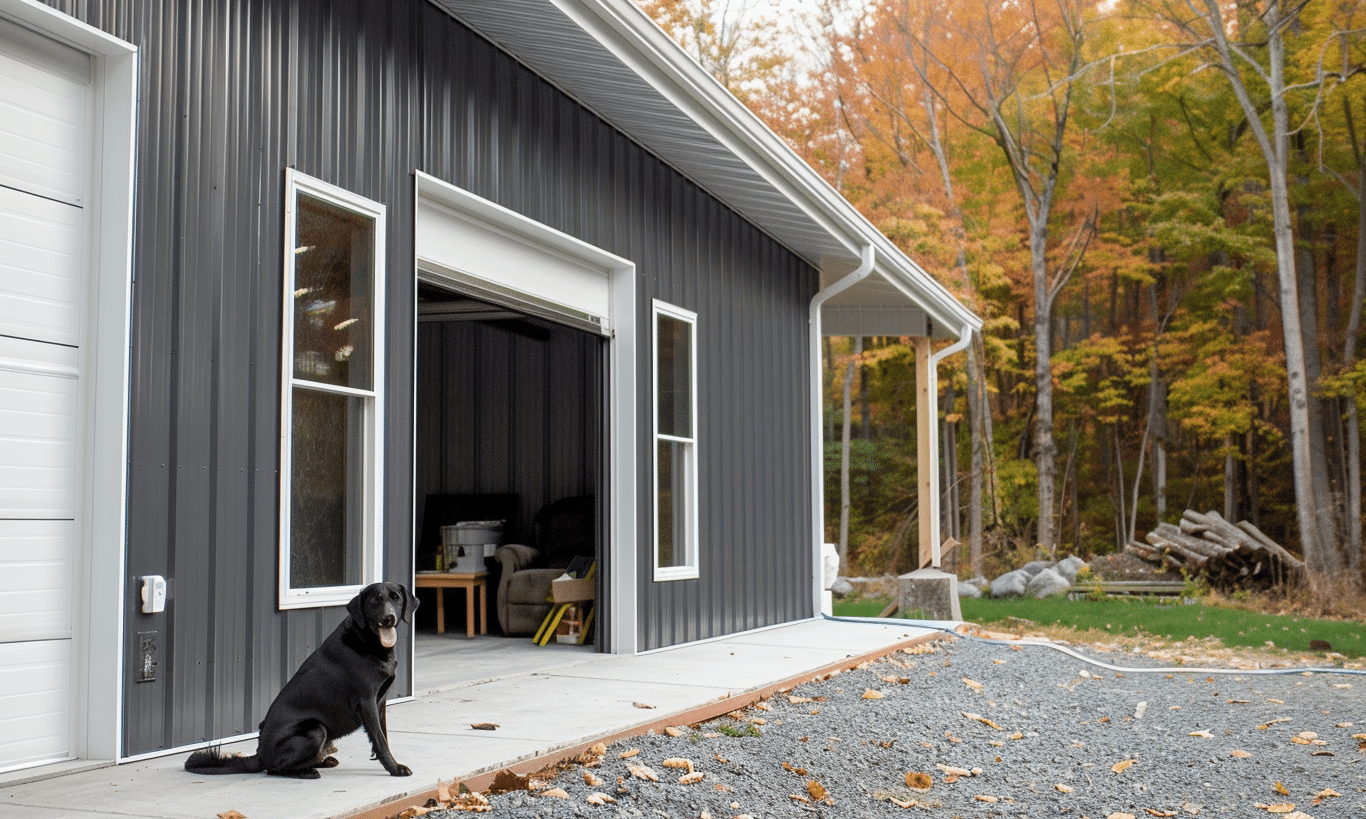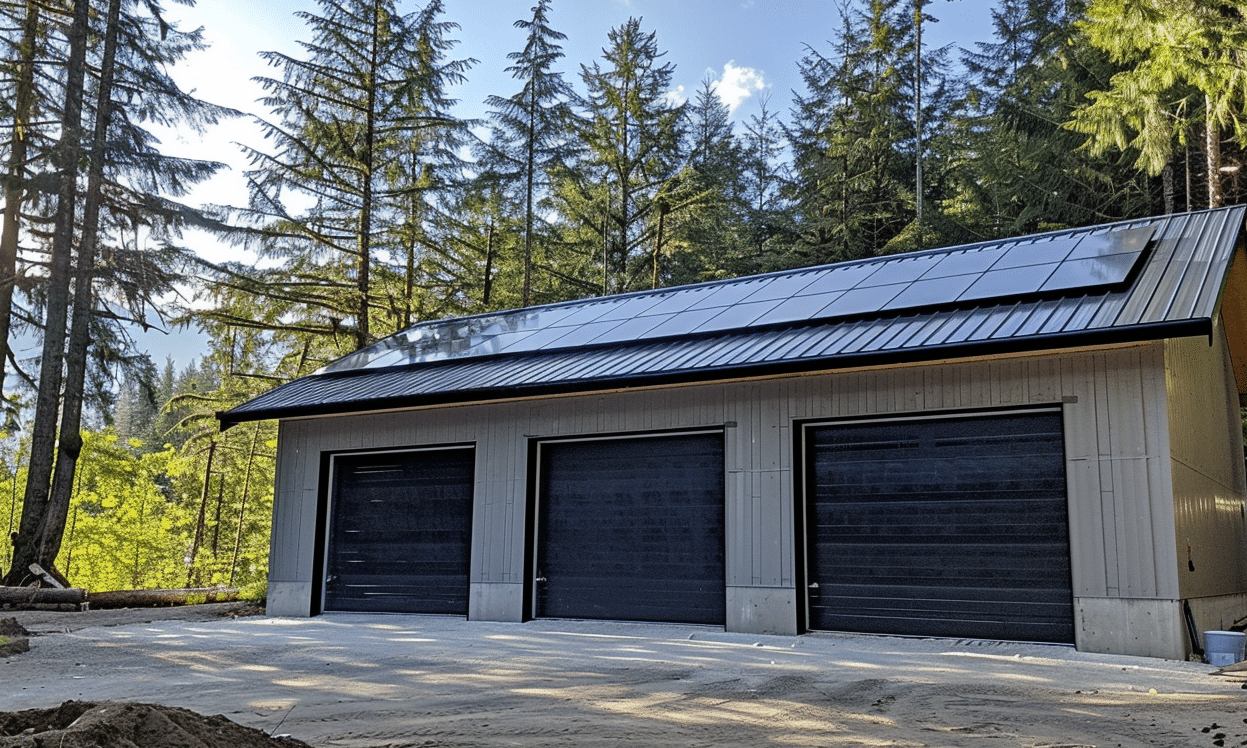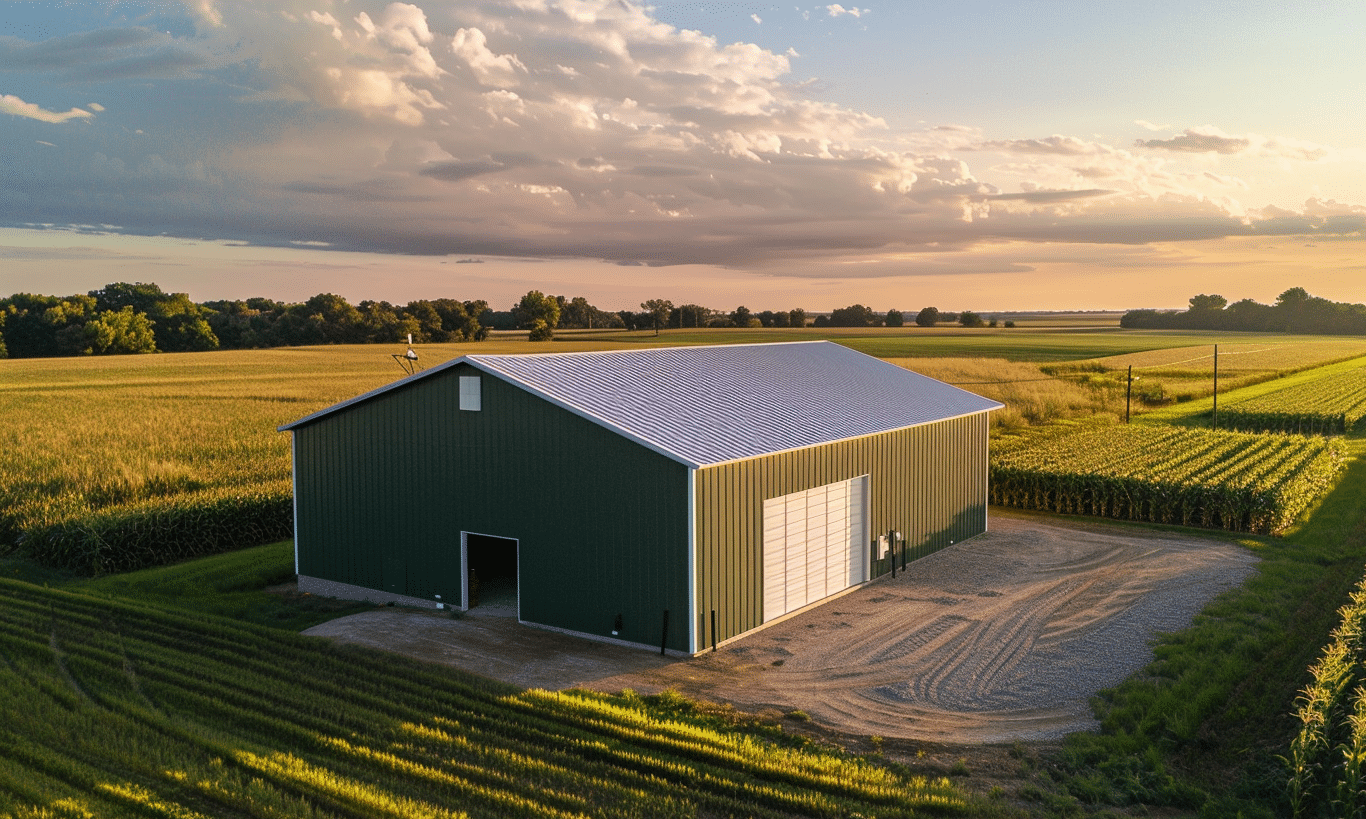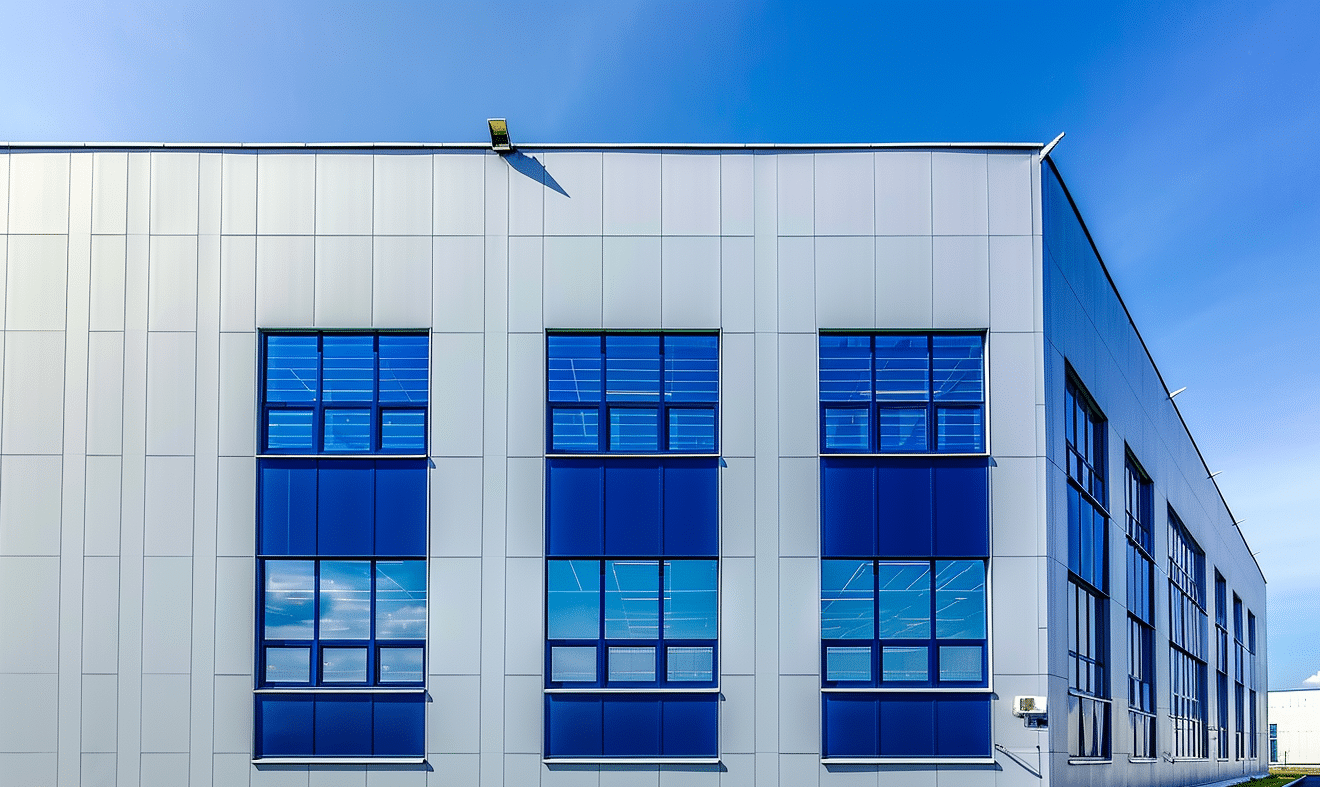In recent years, the construction industry has seen a paradigm shift toward sustainability and environmental responsibility. The driving force behind this shift? LEED certification. This criteria set serves as an essential badge of honor for green building initiatives. But what exactly is LEED certification, and why has it become so pivotal in the realm of modern construction?
Understanding LEED Certification
The Leadership in Energy and Environmental Design (LEED) is more than just a certification system; it is a blueprint for creating green, efficient, and cost-effective buildings. Developed by the U.S. Green Building Council, LEED certification has become a globally recognized symbol of sustainability achievement and leadership. It underscores the commitment of building owners and operators to sustainability.
For those deeply invested in the world of construction, the relevance of this certification cannot be overstated. It functions much like a lighthouse, guiding contractors, architects, and real estate professionals toward practices that reduce their environmental footprint.
Why LEED Certification Matters
Why should the construction industry care about obtaining LEED certification? For starters, it elevates the status of a project, showcasing its dedication to sustainable green building practices. This is more than a point of pride; it has substantive economic, environmental, and social benefits. LEED-certified buildings often enjoy lower operating costs, higher rents, and more satisfied occupants.
Moreover, in a world where consumers are increasingly eco-conscious, adopting LEED standards can make buildings more appealing to potential tenants or buyers. Much like a well-crafted brand story, a LEED certification communicates care for the environment, performance, and future.
The LEED Certification Process
So, how does a building achieve this prestigious certification? The LEED certification process involves multiple levels, depending on the number of points a construction project earns. Points are awarded based on several categories, including water efficiency, energy and atmosphere, materials and resources, and indoor environmental quality, among others.
Engaging with the Canada Green Building Council – LEED Certification is critical for those in Canada aiming for certification. This organization provides guidance, education, and third-party review, ensuring that a project meets the stringent criteria necessary to obtain LEED certification.
LEED Certification and Steel Buildings
While there are numerous materials to consider when constructing environmentally friendly buildings, steel shines as a notable choice. Why, you ask? Steel offers numerous environmental benefits, and architects increasingly look to this durable material for its sustainability credentials. Let’s delve deeper.
Firstly, steel is recyclable, and many of its construction components are made from recycled content. This aligns perfectly with green building practices and goals. In fact, employing steel in projects could significantly boost LEED scorecards, moving projects closer to certification.
Furthermore, consider the Environmental Benefits of Steel Buildings. Efficiency, longevity, and ease of manufacture make steel structures an exemplary choice for those seeking to minimize their carbon footprint. From pre-fabricated buildings to complex commercial structures, steel’s adaptability is unmatched.

The Role of Green Building Codes
In tandem with LEED standards, Green building codes drive the industry toward more sustainable methods. These regulations provide a framework that mandates the efficient use of resources, minimizing waste and promoting a healthier environment.
LEED certification complements such codes by offering a robust system of measurement and evaluation, further cementing high performance and green design in modern building practices.
Real-World Applications of Steel in LEED Projects
Several projects in Canada and beyond serve as perfect case studies for the integration of steel and LEED accreditation. Consider modular structures or pre-fabricated buildings. These projects not only align with LEED’s sustainability ethos but also offer an economic edge. Modular construction often results in reduced construction timelines, savings on labor costs, and minimized construction waste.

The Benefits of Achieving LEED Certification
Securing LEED certification brings numerous benefits to building owners and stakeholders. These include increased marketability, enhanced occupancy rates, and improved health and productivity of occupants—courtesy of healthier building environments. Furthermore, certified buildings benefit from financial incentives in many jurisdictions, including tax rebates and zoning allowances.
For environmentally conscious consumers and businesses, LEED-certified buildings are a tangible manifestation of their values. Think of them as the Teslas of the construction world—cool, market-oriented, and environmentally conscious.
The Future of LEED and Steel Construction
What does the future hold for LEED certification and its application in steel construction projects? As more companies recognize the absence of a binary choice between profit and the planet, the demand for LEED accreditation will likely grow. Steel structures will continue to be at the forefront due to their alignment with sustainable goals.

In conclusion, as we navigate a more eco-conscious era, LEED certification emerges as a pivotal standard for any construction willing to adopt a holistic sustainability approach. It is a certification that promotes positive change, leading the way toward a more sustainable future. For those engaged in the construction industry, particularly within projects leveraging steel’s potential, it’s a standard that is paramount to achieving both business success and environmental stewardship.
DEBLOATYOURTEXT
Through LEED certification, the construction industry is not merely adapting to change—it is spearheading it. Do we need any better reason to advocate for building green and building steel?










